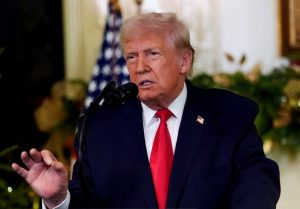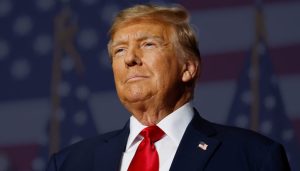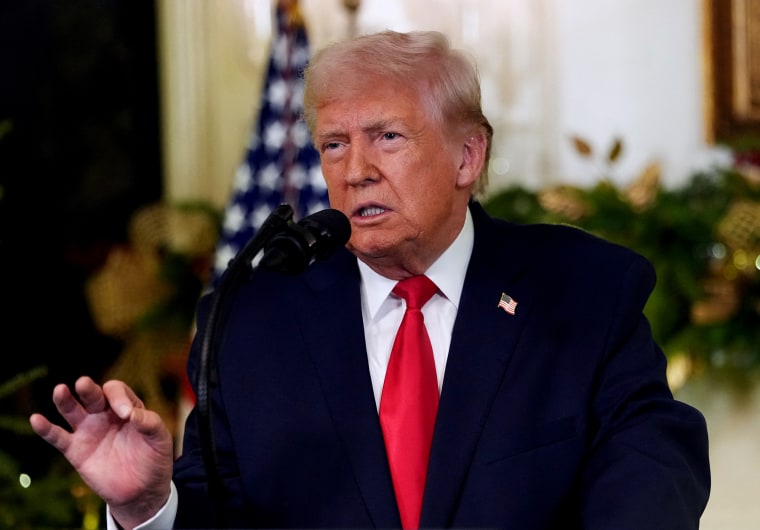A Growing Threat on America’s Doorstep
Communities across the United States have been grappling with an escalating crisis fueled by the deadly spread of fentanyl and the violence of powerful drug cartels. Over the last decade, these organizations have evolved far beyond their role as traffickers. They have become sprawling transnational entities with influence stretching from Central America to Europe, generating billions of dollars and leaving a trail of destruction behind.
The debate around how to stop them has taken center stage in Washington. Politicians, security experts, and law enforcement officials warn that the cartels are no longer a distant problem. They have infiltrated American communities through vast distribution networks, flooding neighborhoods with cheap, lethal narcotics while coordinating with gangs inside U.S. prisons.
From Crime to National Security Concern
For years, U.S. administrations have treated drug trafficking as a law enforcement issue, focusing on raids, prosecutions, and intelligence sharing with foreign partners. Yet those measures have often fallen short. With fentanyl deaths reaching record highs and cartel-linked violence spilling over the border, the conversation has shifted.
National security officials now argue that cartels operate with the scale, coordination, and weaponry of insurgent groups. Sophisticated tunnels, military-grade weapons, armored convoys, and cyber-financing tactics have allowed these networks to function like shadow governments in certain regions. Local police forces, overwhelmed by their reach, have repeatedly been forced to withdraw, ceding ground to cartel authority.
A Shift in U.S. Policy
Pressure has mounted for Washington to adopt a stronger stance. The call for action has grown louder as fentanyl overdoses devastate communities and cartel recruitment spreads through prisons and migrant corridors. Policymakers contend that traditional law enforcement alone is no longer enough to contain the threat.
Earlier this year, the U.S. State Department took an extraordinary step by designating several cartels and transnational gangs as foreign terrorist organizations. This move was seen as more than symbolic. It reframed the cartels not as criminals to be prosecuted, but as militant threats capable of destabilizing entire nations.
The designation unlocked new tools, including financial sanctions, broader intelligence sharing, and the potential for direct military involvement. In effect, cartels could now be treated with the same urgency as groups like ISIS or al-Qaeda.
Regional Repercussions
The shift in strategy has not been without consequences. Neighboring countries, particularly Mexico, have expressed unease about the possibility of U.S. military action near or within their borders. Mexican leaders insist they will not allow unilateral American intervention, while at the same time acknowledging the need for deeper cooperation.
The issue has also sparked legal debates in Washington. Critics argue that any expansion of military powers must respect congressional oversight. Others warn of unintended consequences, suggesting that a heavy-handed approach could inflame tensions with allies or fuel further instability in the region.
Still, proponents insist that the United States cannot ignore the crisis any longer. The fentanyl epidemic, combined with the violent spread of gangs linked to these organizations, poses a direct and growing danger.
Escalating Tensions and New Measures
The administration has already moved to choke cartel finances by sanctioning banks and cutting off money-laundering pipelines. Intelligence officials have testified that the flow of cartel cash runs through complex webs of businesses, shell corporations, and crypto transfers. Disrupting these financial streams, they argue, is just as critical as intercepting drugs at the border.
At the same time, the Pentagon has expanded its presence along the southern border. National Defense Areas have been established in key states, strengthening surveillance and rapid deployment capabilities. Tens of thousands of service members are currently deployed to support border security, underscoring how seriously the government now views the crisis.
The President’s Directive
Against this backdrop, the White House made a stunning move. In a newly signed directive, the President authorized direct military action against select cartels designated as terrorist organizations. This order reframes the fight entirely. What was once a law enforcement mission now carries the weight of military power.
The directive opens the door to targeted strikes, expanded intelligence operations, and the possibility of treating cartel leaders as enemy combatants. According to administration officials, the decision reflects a hard reality: the cartels have crossed every line, and waiting any longer would put American lives at greater risk.
What Comes Next
The order is expected to reshape the debate over security in the Western Hemisphere. Questions remain about how far the U.S. military might go and what limits Congress could impose. Regional leaders are bracing for potential fallout, and the cartels themselves are likely to retaliate.
Yet for many Americans, the announcement represents a long-overdue turning point. Communities ravaged by fentanyl and cartel violence have been demanding action for years. Now, with the directive in place, the fight has moved into a new and uncertain chapter.
Whether this shift brings stability or escalates tensions will depend on how the policy unfolds in the weeks ahead. But one thing is certain: the United States has drawn a line that will not easily be erased.

James Jenkins is a celebrated Pulitzer Prize-winning author whose work has reshaped the way readers think about social justice and human rights in America. Raised in Atlanta, Georgia, James grew up in a community that instilled in him both resilience and a strong sense of responsibility toward others. After studying political science and creative writing at Howard University, he worked as a journalist covering civil rights issues before dedicating himself fully to fiction. His novels are known for their sharp, empathetic portraits of marginalized communities and for weaving personal stories with broader political realities. Jenkins’s breakout novel, Shadows of Freedom, won national acclaim for its unflinching look at systemic inequality, while his more recent works explore themes of identity, resilience, and the fight for dignity in the face of oppression. Beyond his novels, James is an active public speaker, lecturing at universities and participating in nonprofit initiatives that support literacy and community empowerment. He believes that storytelling is a way to preserve history and inspire change. When not writing, James enjoys jazz music, mentoring young writers, and traveling with his family to explore cultures and stories around the world.









